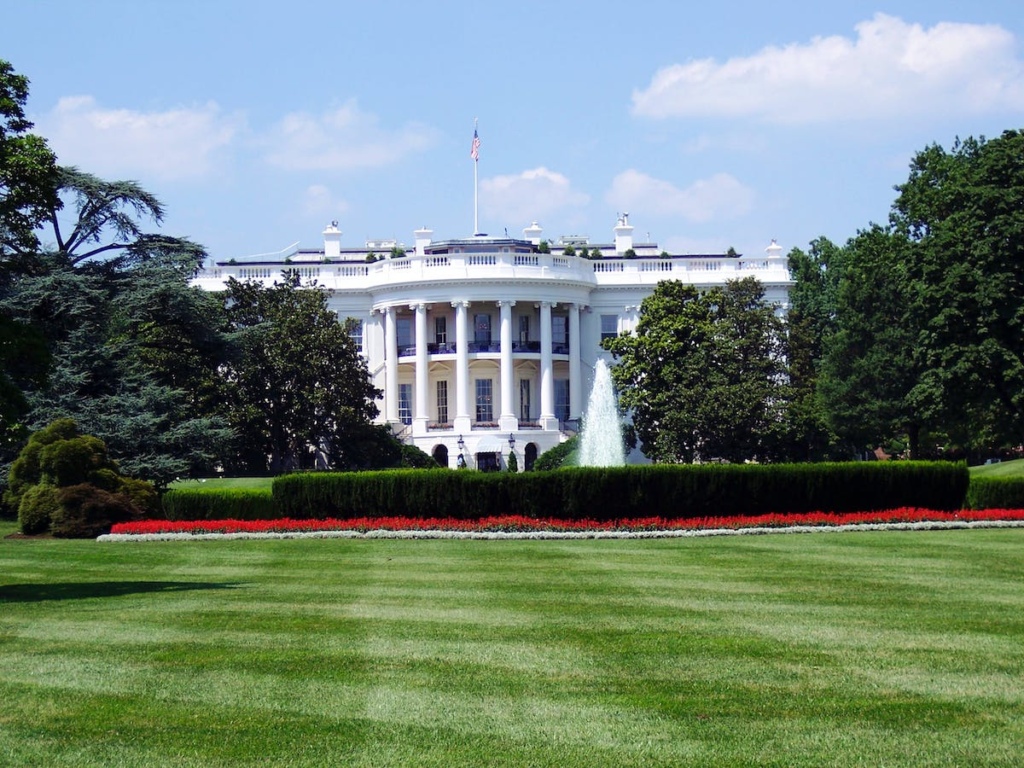
The White House announced a new initiative Tuesday to address the growing crisis of IVF affordability in the United States, with President Donald Trump signing an executive order focused on expanding access to fertility treatments. The order, which marks a significant shift in federal attention to reproductive healthcare costs, calls for comprehensive policy recommendations to be delivered within 90 days.
At the heart of the order is a mandate to identify and eliminate barriers that make IVF treatments financially out of reach for many Americans. Current data from the White House indicates that a single IVF cycle can cost between $12,000 and $25,000, with many patients requiring multiple cycles to achieve pregnancy. Despite more than 85,000 IVF births recorded in 2021, access remains limited, with only a quarter of employers offering coverage and few states mandating insurance support.
The executive order represents a response to what fertility experts have long identified as a critical gap in American healthcare coverage. While federal employees, military personnel, and veterans currently have limited access to IVF coverage, the vast majority of Americans must navigate significant financial hurdles to access these treatments. This disparity is particularly significant given that one in seven couples faces challenges conceiving.
The timing of this federal intervention is especially notable following the recent Alabama Supreme Court ruling that sparked national debate over IVF access. That ruling, which declared frozen embryos as children, prompted concerns about the future availability of fertility treatments. Trump had quickly distanced himself from the Alabama decision, expressing strong support for IVF availability and urging state lawmakers to find an immediate solution to preserve access to the procedure.
“It is the policy of my Administration to ensure reliable access to IVF treatment, including by easing unnecessary statutory or regulatory burdens to make IVF treatment drastically more affordable,” the order states, setting a clear directive for policy development. At Mar-a-Lago on Tuesday, Trump noted, “I think the women and families, husbands are very appreciative of it,” though cameras were not present for the signing.
The initiative builds on previous family-focused policies, including modifications to the child tax credit and retirement account withdrawal rules for new parents. However, fertility healthcare advocates note that the real test will lie in the specific recommendations developed over the next 90 days, particularly regarding implementation mechanisms and funding sources, as the order itself doesn’t include direct funding allocations or specific coverage mandates.
This executive action comes against the backdrop of declining U.S. fertility rates, with a 3% drop recorded in 2023 compared to 2022. The administration’s policy recommendations, due in May 2025, will need to address complex questions about insurance mandates, federal program expansion, and cost-reduction strategies to translate this directive into meaningful change for Americans seeking fertility treatment.



